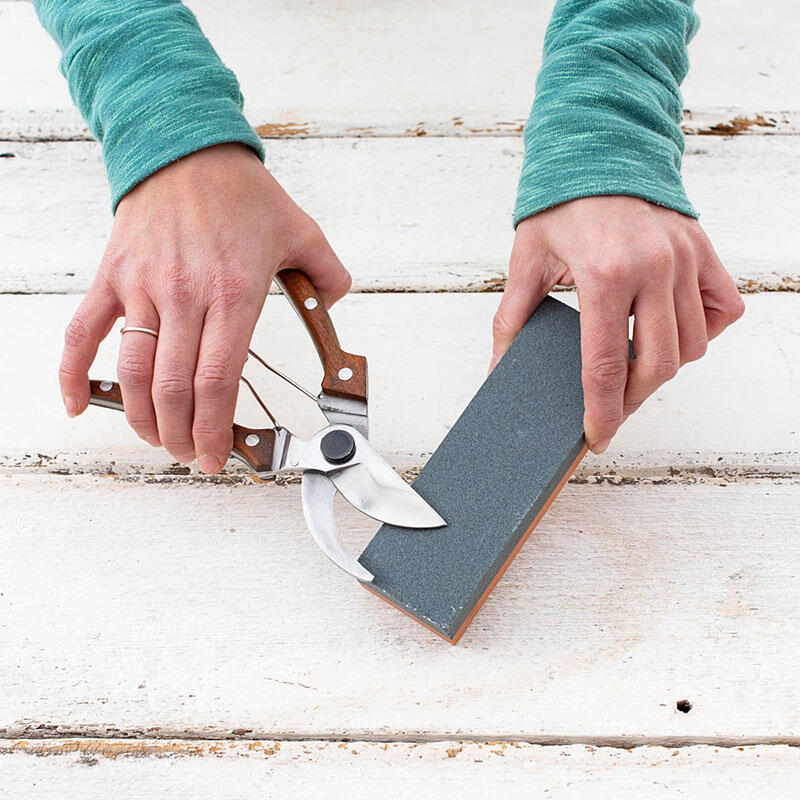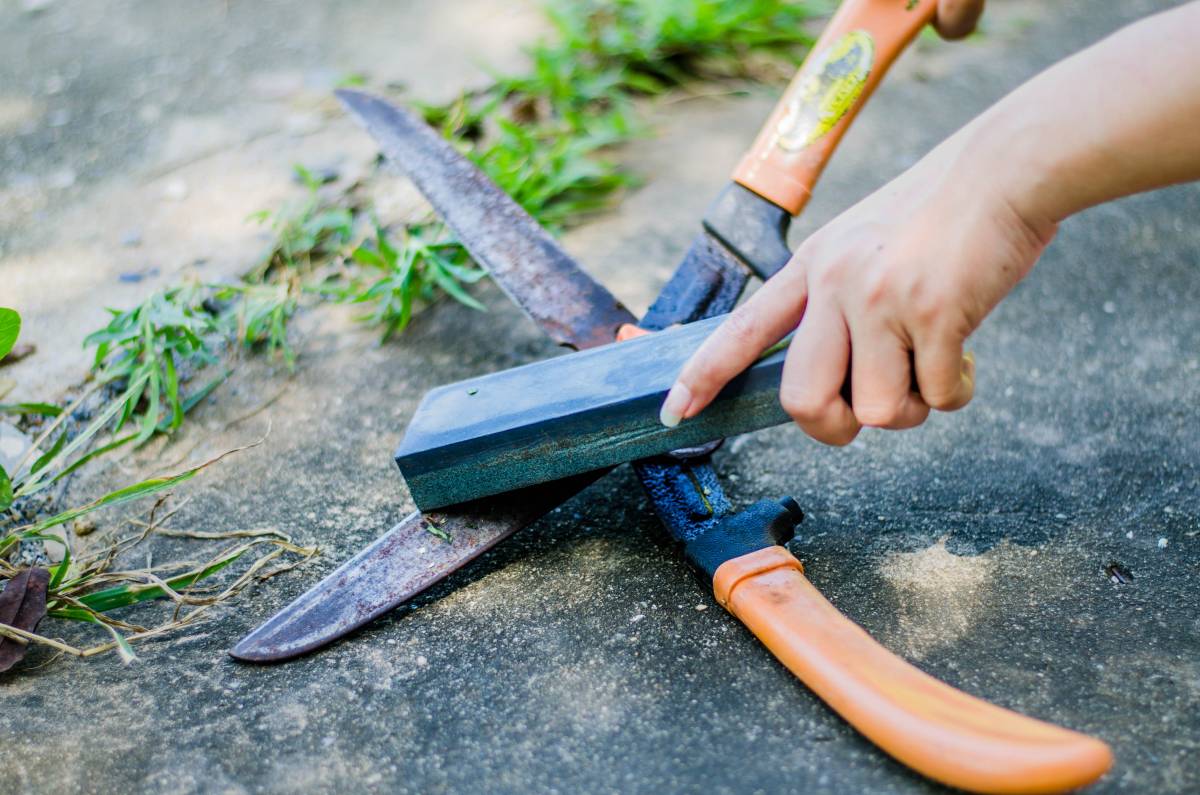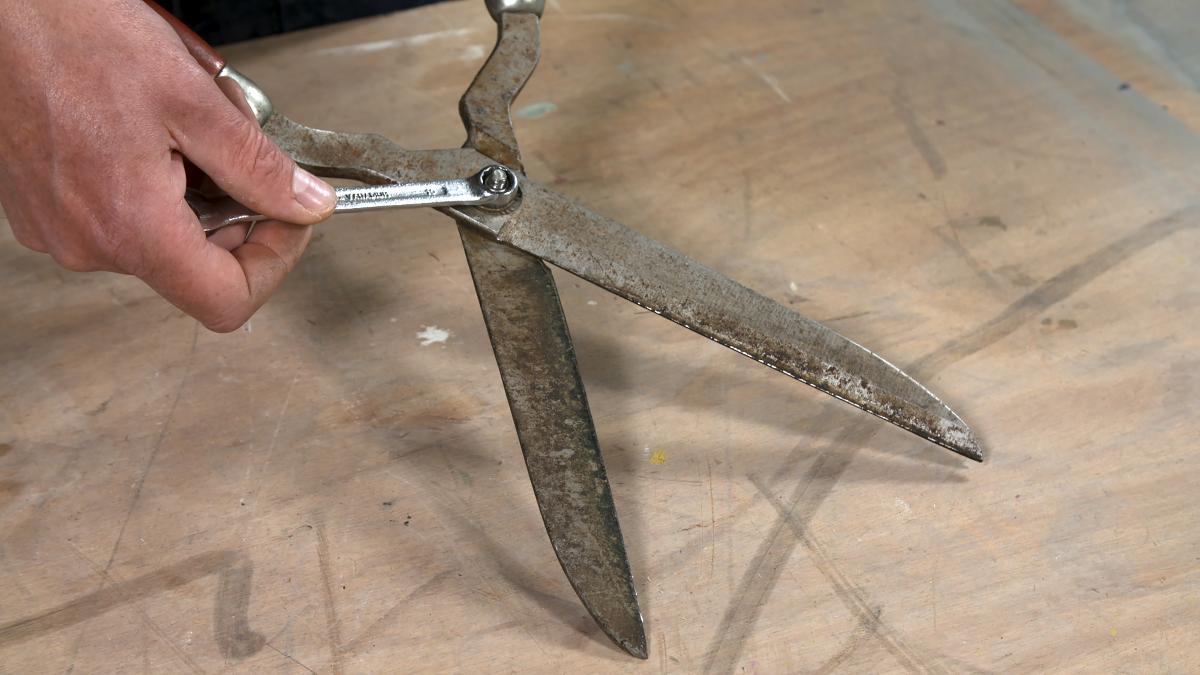
In the realm of gardening, sharp tools are not just a luxury but a necessity. A dull hoe will struggle to break through hard soil, while a blunt pruner will leave ragged cuts on your plants. Sharpening your garden tools regularly will not only make your gardening tasks easier and more enjoyable but also extend the lifespan of your tools and prevent them from becoming damaged.
Understanding the Importance of Sharp Tools
Sharp garden tools offer several benefits:
-
Improved Efficiency: Sharp tools cut through soil and plant material with ease, reducing the effort required and saving you time and energy.
-
Cleaner Cuts: Sharp blades make precise cuts, minimizing damage to plants and promoting healthy growth.
-
Reduced Wear and Tear: Dull tools require more force to operate, putting increased strain on both the tool and the user, leading to premature wear and tear.
-
Safety: Sharp tools are less likely to slip or cause accidents, ensuring a safer gardening experience.
Identifying Dull Tools
Knowing when your garden tools need sharpening is crucial for maintaining their effectiveness and preventing damage. Here are some signs of dull tools:
-
Increased Effort: If you find yourself exerting more force than usual to use your tools, it’s likely they need sharpening.
-
Ragged Cuts: Dull blades will leave ragged, uneven cuts on plants, hindering their growth and potentially causing damage.
-
Pulling or Tearing: Instead of slicing cleanly through material, dull tools may pull or tear, causing damage to plants and soil.
-
Uneven Wear: Dull blades tend to wear unevenly, leading to an unbalanced tool that is difficult to control.

Sharpening Techniques: A Toolbox of Options
Various sharpening techniques can be employed to restore your garden tools to their former sharpness. The most suitable method depends on the type of tool and the severity of the dullness.
-
File Sharpening: A file is a versatile tool for sharpening various types of garden tools, including hoes, spades, and pruners. Choose a file with the appropriate grit for the tool and angle it correctly to achieve a sharp edge.
-
Whetstone Sharpening: A whetstone, also known as a sharpening stone, offers a finer sharpening method, particularly for pruners and other tools with delicate blades. Use a water or oil-based whetstone and follow a consistent sharpening motion.
-
Sharpening Tools: Specialized sharpening tools, such as sharpening wheels or motorized sharpeners, can provide quick and efficient sharpening for certain tools, such as lawnmower blades.
Sharpening Specific Tools: A Targeted Approach
Different garden tools require specific sharpening techniques:
-
Hoes and Spades: Sharpen the bevel, the angled edge of the blade, using a file or whetstone. Maintain a consistent angle throughout the sharpening process.
-
Pruners: Use a whetstone to sharpen the inner and outer edges of the blade, maintaining the original angle. Avoid over-sharpening, as this can weaken the blade.
-
Lawn Mower Blades: Specialized sharpening tools or professional sharpening services are recommended for lawn mower blades.
Safety Precautions: Protecting Yourself and Your Tools
Sharpening garden tools involves potential hazards, so safety precautions are essential:
-
Wear Protective Gear: Use safety glasses and gloves to protect your eyes and hands from sparks, metal shavings, and sharp edges.
-
Secure the Tool: Properly clamp or hold the tool in place to prevent it from slipping during sharpening.
-
Maintain Proper Angle: Use the correct sharpening angle for the tool to ensure a sharp and effective edge.
-
Avoid Over-Sharpening: Excessive sharpening can weaken the blade and make it more prone to breakage.

Sharpening Frequency: A Schedule for Sharpness
The frequency of sharpening depends on the type of tool and the intensity of its use. A general guideline is to sharpen:
-
Hoes and Spades: After each use or at least once a month during peak gardening seasons.
-
Pruners: Before each use, especially for delicate tasks like pruning flowers or shrubs.
-
Lawn Mower Blades: Once a season or after several hours of mowing.
Conclusion: A Sharp Edge for a Greener Garden
Regularly sharpening your garden tools is an investment in both your gardening efficiency and the health of your plants. By following the appropriate sharpening techniques and safety precautions, you can keep your tools sharp, extend their lifespan, and enjoy a more rewarding gardening experience. Remember, a sharp edge makes all the difference in a greener, more productive garden.
Additional Tips for Sharpening Garden Tools:
-
Start with a clean tool: Before sharpening, clean the tool to remove dirt, debris, and rust.
-
Use light, even strokes: Avoid applying too much pressure when sharpening, as this can damage the blade.
-
Maintain a consistent angle:* Consistency is key for creating a sharp and even edge.
-
Feel for the burr: As you sharpen, a fine metal burr will form on the opposite side of the sharpened edge. This can be removed with a few light strokes on a flat file.
-
Sharpening stones require lubrication: Water-based whetstones require lubrication with water, while oil-based stones require oil.
-
Practice makes perfect: Sharpening takes practice. Don’t be discouraged if it takes a few tries to achieve a sharp edge.
-
Consider professional sharpening: For complex tools or those requiring a very fine edge, professional sharpening services are a good option.
Storing Sharpened Tools: Maintaining the Edge
Once your tools are sharpened, proper storage practices are crucial to maintaining their sharpness:
-
Clean and dry tools: After each use, clean and dry your tools thoroughly before storing them. Moisture can contribute to rust and dulling.
-
Oil metal surfaces: Apply a light coat of oil to metal surfaces to prevent rust and corrosion.
-
Store tools properly: Hang tools on a rack or store them in a dry, well-ventilated place. Avoid storing them in damp sheds or garages.

Conclusion: A Sharper Garden Awaits
By incorporating a regular sharpening routine into your gardening practices, you’ll be rewarded with a set of tools that perform flawlessly. Sharp tools will make your gardening tasks easier and more enjoyable, while also promoting the health and growth of your plants. Remember, a sharp edge is the key to unlocking a more efficient and rewarding gardening experience. So, embrace the art of sharpening, and watch your garden flourish under the touch of finely honed tools!
-